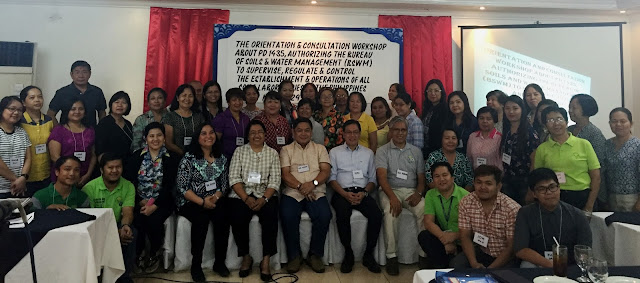Local sugar traders allowed to import 100,000 MT sugar to stabilize prices
MANILA, Philippines - Local traders were given the green light to import 100,000 metric tons (MT) of sugar to help stabilize the price, which fluctuated ever since El Niño hit the country and resulted to a tightness in supply.
Very recently, Sugar Regulatory Administration (SRA) issued an order allowing traders and producers to start importing sugar.
According to SRA, it came up with such decision after some industrial consumers of sugar said that unless competitive priced sugar are made readily available to them, it will start shifting to alternative sweeteners or just bring in sugar containing finished products.
The agency said that this is because even if importation is already part of the government’s replacement program and that the supply in the domestic market was technically sufficient, the domestic sugar prices have remained high for the most part of the current cropping season.
A sugar crop year in the Philippines starts September and ends August.
A total of 96,000 MT of replacement imported sugar have already been issued release clearances. The balance of the replacement sugar were expected to arrive in April and May.
“It is emphasized that the sugar order shall cover only the increase of 0.738 in replacement ration, which shall be no more than 100,000 MT of sugar,” the SRA further specified in the new memorandum, adding that the imported sugar shall be in raw form or raw basis.
The government earlier allowed the importation of sugar as part of its replacement program in order to ease price fluctuations caused by drought.
As of last week, sugar output has already reached 2.21 million MT, exceeding the 2.134 million MT production estimate for crop year 2015 to 2016.
Source : http://www.mb.com.ph/local-traders-allowed-to-import-100000-mt-sugar-to-stabilize-prices/#IXLcodqP6oCm3KYK.99
Related Post:
By 2022 There will be 89% Less Arable Land But 11% More Filipinos To Feed
We have just finished our elections and I am looking not just at the next six years but the milestone and challenge after six years in the year 2022. I was scrounging around for a number, a percentage by which I can be comfortable with in terms of estimating the amount of arable land which will be lost to real estate development, conversion into other use, or affected by armed conflict. The safest number I can pull out 11%. Yes, whatever land we have allocated at this time to farming, will shrink to 89%... Read More
Very recently, Sugar Regulatory Administration (SRA) issued an order allowing traders and producers to start importing sugar.
According to SRA, it came up with such decision after some industrial consumers of sugar said that unless competitive priced sugar are made readily available to them, it will start shifting to alternative sweeteners or just bring in sugar containing finished products.
The agency said that this is because even if importation is already part of the government’s replacement program and that the supply in the domestic market was technically sufficient, the domestic sugar prices have remained high for the most part of the current cropping season.
A sugar crop year in the Philippines starts September and ends August.
A total of 96,000 MT of replacement imported sugar have already been issued release clearances. The balance of the replacement sugar were expected to arrive in April and May.
“It is emphasized that the sugar order shall cover only the increase of 0.738 in replacement ration, which shall be no more than 100,000 MT of sugar,” the SRA further specified in the new memorandum, adding that the imported sugar shall be in raw form or raw basis.
The government earlier allowed the importation of sugar as part of its replacement program in order to ease price fluctuations caused by drought.
As of last week, sugar output has already reached 2.21 million MT, exceeding the 2.134 million MT production estimate for crop year 2015 to 2016.
Source : http://www.mb.com.ph/local-traders-allowed-to-import-100000-mt-sugar-to-stabilize-prices/#IXLcodqP6oCm3KYK.99
Related Post:
By 2022 There will be 89% Less Arable Land But 11% More Filipinos To Feed
We have just finished our elections and I am looking not just at the next six years but the milestone and challenge after six years in the year 2022. I was scrounging around for a number, a percentage by which I can be comfortable with in terms of estimating the amount of arable land which will be lost to real estate development, conversion into other use, or affected by armed conflict. The safest number I can pull out 11%. Yes, whatever land we have allocated at this time to farming, will shrink to 89%... Read More






















